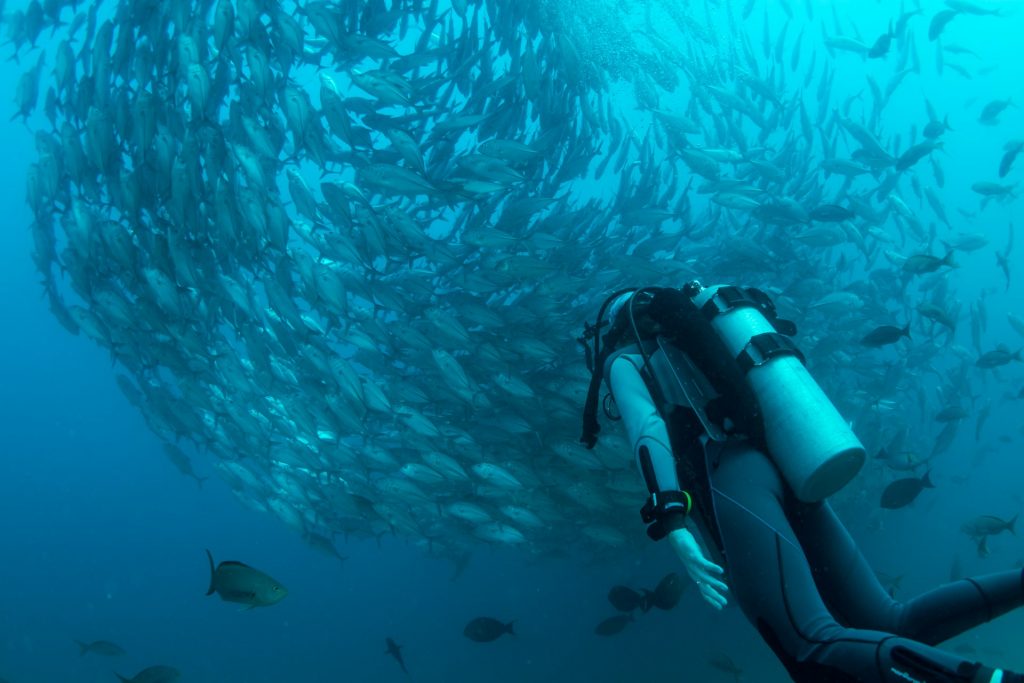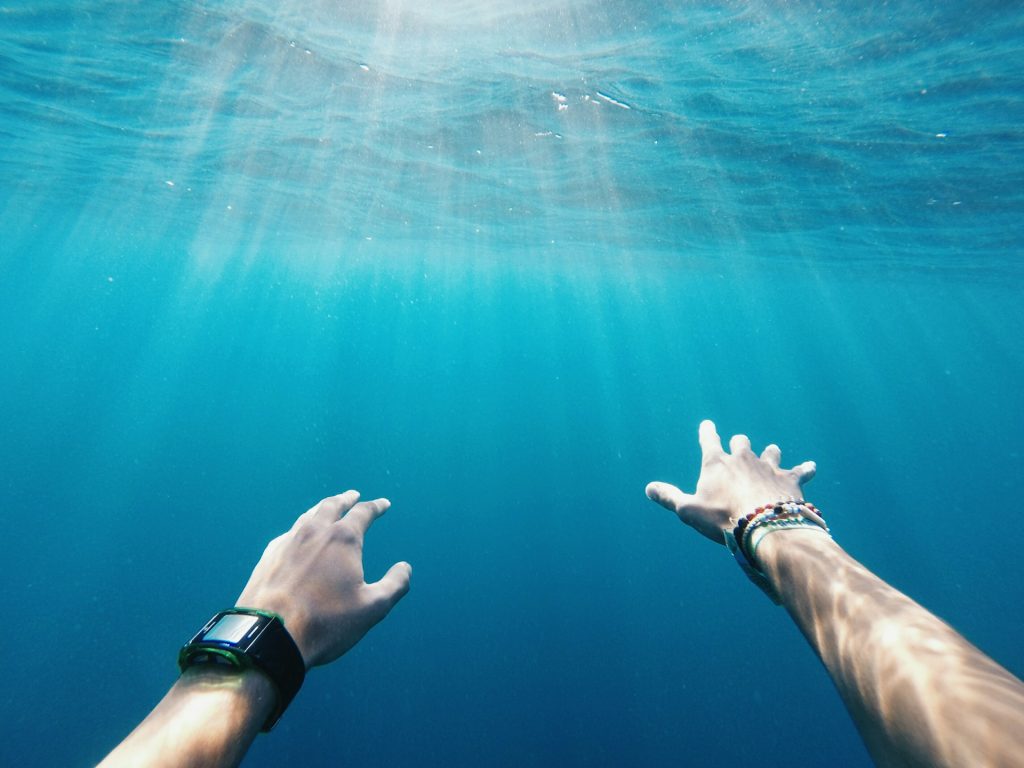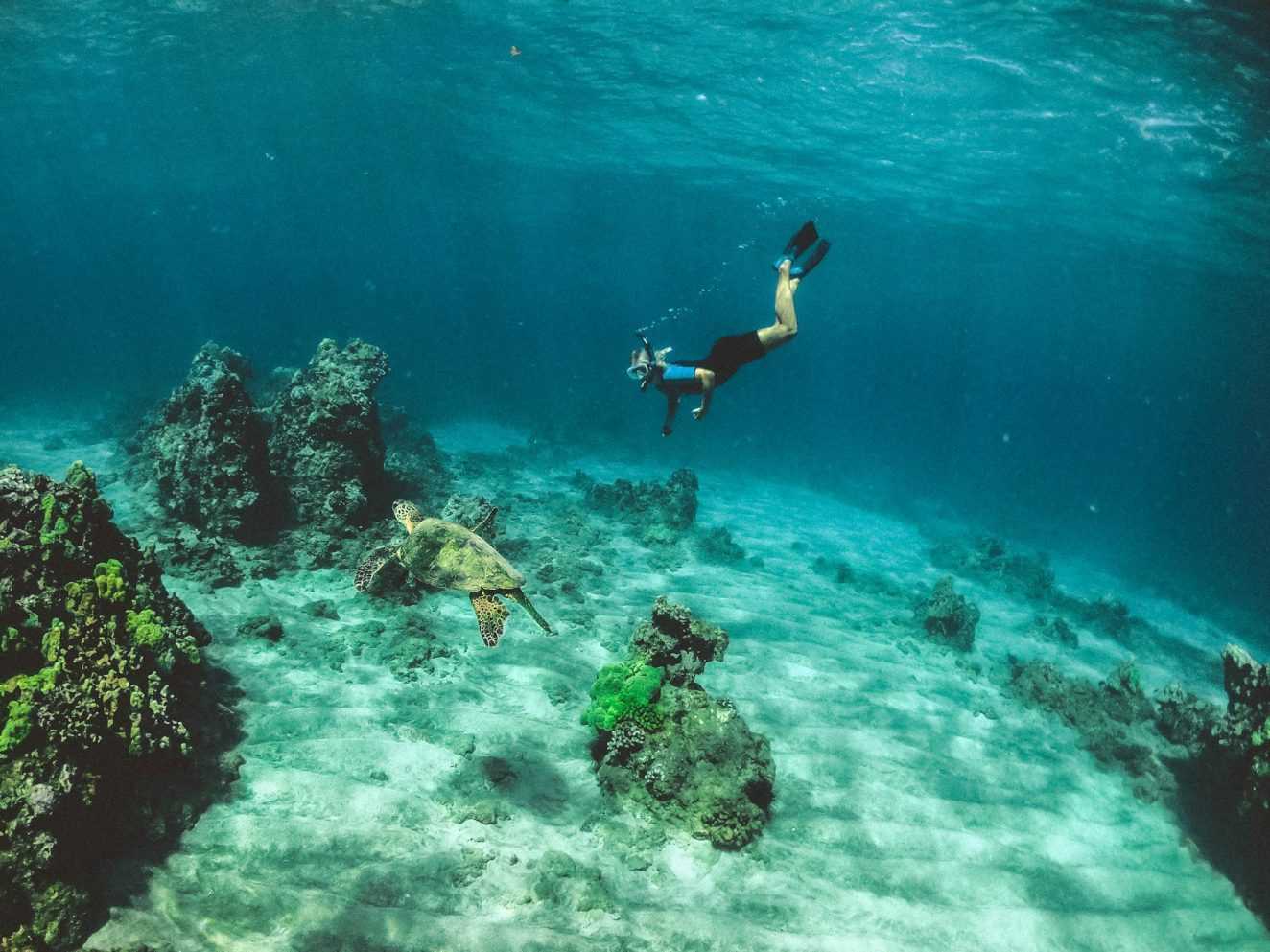Out there in the endless stretch of the cosmos, our bodies are a mix of delicate and tough. We’ve got this amazing knack for bouncing back and adjusting to change, but we’re not invincible—especially when it comes to the power of water pressure. It’s like this invisible hand that can test us, and if we’re not careful, it can crush us. So, come along as we explore just how much water pressure we can take before it’s too much.

Understanding Pressure: A Fundamental Concept
Before we plunge into the depths, let’s grasp the concept of pressure. Essentially, pressure refers to the force applied to a given area. Whether we realize it or not, we’re constantly under pressure, with our bodies maintaining internal pressures to counteract external forces. When we ascend to higher altitudes or descend underwater, these pressure differentials can cause discomfort, such as the familiar sensation of ear popping during flights.
The Dangers of Underwater Pressure
Descending into the ocean’s depths presents a formidable challenge to the human body. Even at shallow depths, the increased pressure can impede lung function, making breathing arduous. As we venture deeper, the effects become more pronounced. At approximately 100 feet below the surface, the lungs begin to contract, reducing the available air supply. Despite this, our bodies activate survival mechanisms, such as the dive response, to redistribute blood flow and conserve oxygen.

Plumbing the Oceanic Abyss
In the abyssal depths of the ocean, where water pressure reaches staggering levels, survival becomes precarious. At such depths, the disparity between internal and external pressures becomes insurmountable. The lungs, unable to withstand the crushing force, collapse entirely, leading to swift and certain death. While there’s no definitive limit to how deep humans can dive, most professional divers avoid depths beyond 400 feet due to the grave risks involved.
Testing the Limits: The Quest for Knowledge
Despite our understanding of the consequences of extreme water pressure, scientists have yet to pinpoint a precise threshold for human survival underwater. Rare instances of divers reaching extraordinary depths offer glimpses into the body’s capabilities under duress. However, pushing beyond these limits risks catastrophic outcomes, including lung hemorrhage and cardiovascular collapse.

As we navigate the mysteries of water pressure and its impact on the human body, one thing remains clear: our resilience is both remarkable and finite. While we marvel at our ability to adapt to diverse environments, we must also respect the boundaries imposed by nature. Ultimately, our exploration of the depths serves as a testament to the delicate balance between our aspirations and the inherent vulnerabilities of our existence.





